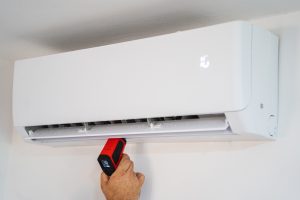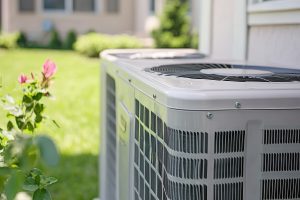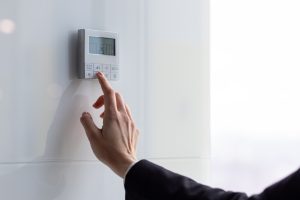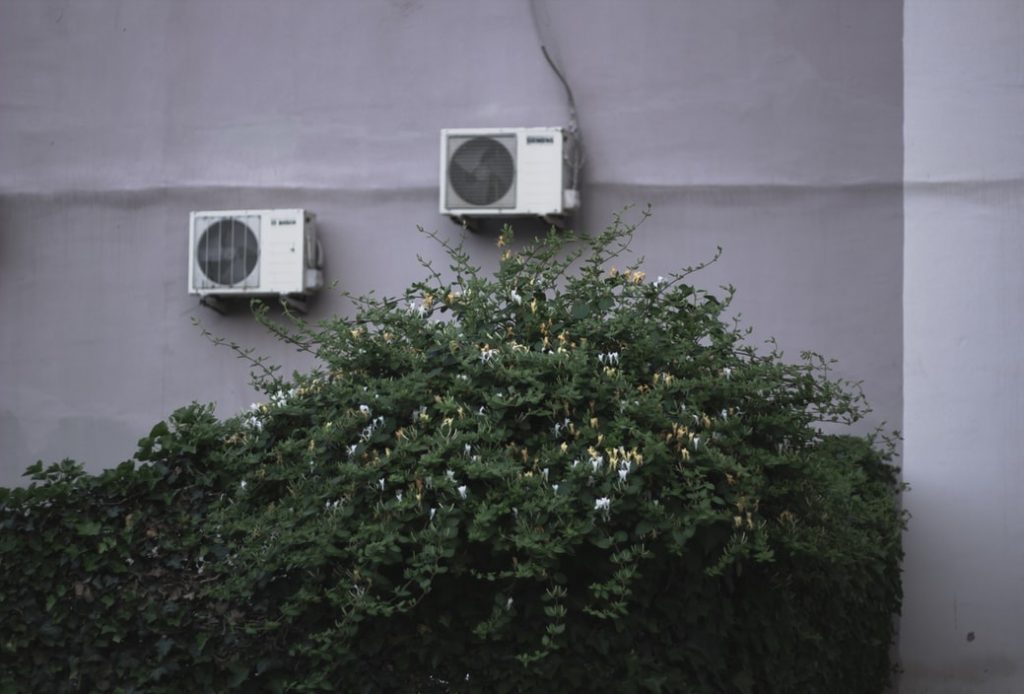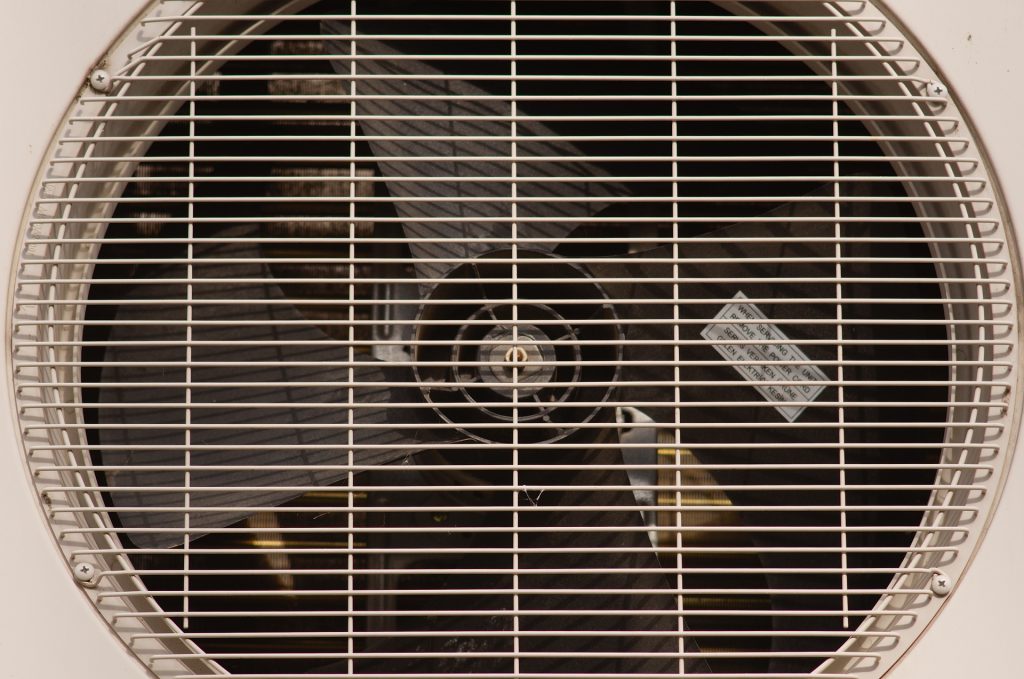The static pressure of HVAC systems isn’t something that most people ever give a second thought to, but it affects everything about your HVAC system—energy efficiency, system health, and even your comfort in your own home.
So, what is static pressure, and what part does it play in your HVAC maintenance? How does it work, and what is the ideal static pressure for HVAC? We will look at some of the factors that affect the static pressure in your system, what they mean and how to correct them.
What Is Static Pressure in your HVAC System?
The simplest way to describe static pressure is to say that it is your HVAC system’s air resistance. Traditional HVAC systems use forced air to circulate warm or chilled air through ducts to heat and cool your home. Along the way, different factors can hinder this airflow. Therefore, there must be a considerable force to push the air through whatever resistance it encounters.
If you are having problems with your airflow, the HVAC experts at American Home Water and Air can measure any pressure drops throughout your system. This will allow them to pinpoint where the air resistance is occurring and help them to take measures to resolve the issue. There are signs that you might have issues with the static pressure in your HVAC system if you are noticing any of the following, but especially if you are encountering all of them.
Heating and Cooling Disproportionately
Many people commonly refer to this as having “hot and cold spots” in their homes. It’s when some areas in your house aren’t at the temperature you’ve selected. In some cases, this may be due to weak air circulation within your system. If air isn’t traveling completely through the ducts, then it’s not reaching each room as it should.
Increased Utility Bills
An unexpected rise in your energy costs could be attributed to your heating and cooling system. HVAC systems are designed to overcome flaws to continue to function. They will continue to operate as best they can, but their efforts may pull more power than normal, increasing power consumption when it has to overcome resistance.
Whether the issue lies within the static pressure in ducts or somewhere else, you’ll want to check the problem out as soon as possible. A continually overworked system will break down sooner or later. It might even result in a cracked heat exchanger, which means you’re looking at replacement instead of repairs.
Excessive Operating Noise
Loud rushes of air or mechanical clangs can be signs of trouble within your system. These could indicate that your system must work harder to achieve its goal. A struggling blower motor will be noisier than one working at a more normal capacity. The increased draw of the air getting pushed and pulled through the vents will also add to the noise.
The Cause of High Static Pressure in Ducts
There are several causes of this problem. A professional HVAC technician can take measurements and determine the problem, which is usually one of the following:
Clogged Air Filter
Typically, the air filter in your system prevents allergens, dust, dirt, and other debris from being recirculated throughout your house. However, a build-up of these can create a clogged filter that impedes airflow and creates excess resistance, especially if you use a filter with a high MERV rating to trap the smallest particles possible.
Undersized Ducts and Returns
Undersized or poorly designed ductwork and air returns increase static pressure. Return ducts pull air from rooms and send it through the heating and cooling system. If your air returns are too small, you will encounter problems. Think of it like trying to breathe through a tube. You have to pull harder to get enough air through the small opening into your mouth or nostrils. Your heating system operates in much the same way.
It’s like breathing through a straw: you have to pull more to get enough air through a much smaller opening than your mouth or nostrils. Your HVAC system is the same way; it has to work much harder to pull enough air into the system, and if enough air isn’t circulating through the refrigerant loop in your unit, it can’t work properly. This will lead to failures and expensive repairs.
Dirty or Overly Small Indoor Coil
If your indoor coil is dirty or too small for the job, it can cause high static pressure. This coil facilitates the heat transfer process. When using the heat in winter, it provides warmth circulated throughout your house. In the summer, it carries the liquid refrigerant that evaporates into thermal energy as it passes through the coil. The coil transfers heat, and the refrigerant returns to its liquid state to return through the system and begin the heating cycle once again. If this coil has a problem, the whole system will be affected.
During this process, the coil creates air resistance. Usually, this is minimal, but if the component is dirty, it keeps the air from flowing freely. A coil that is too small will have the same effect. Because it is too small for the job it must do, enough air will not be able to pass through it.
Preventing Static Pressure Problems
If any part of your HVAC system is allowed to get dirty or is not a suitable size for the work to be done, you will run into problems with your system’s operation. Issues such as these will make your home temperature less comfortable and add to your costs of operating the system in repairs and replacements.
You can prevent this with proper yearly or twice-yearly maintenance and cleaning. If you run into problems, you can always reach out to the professionals at AHWA to inspect, clean, and repair your system so that it continues to work for you for many years.



